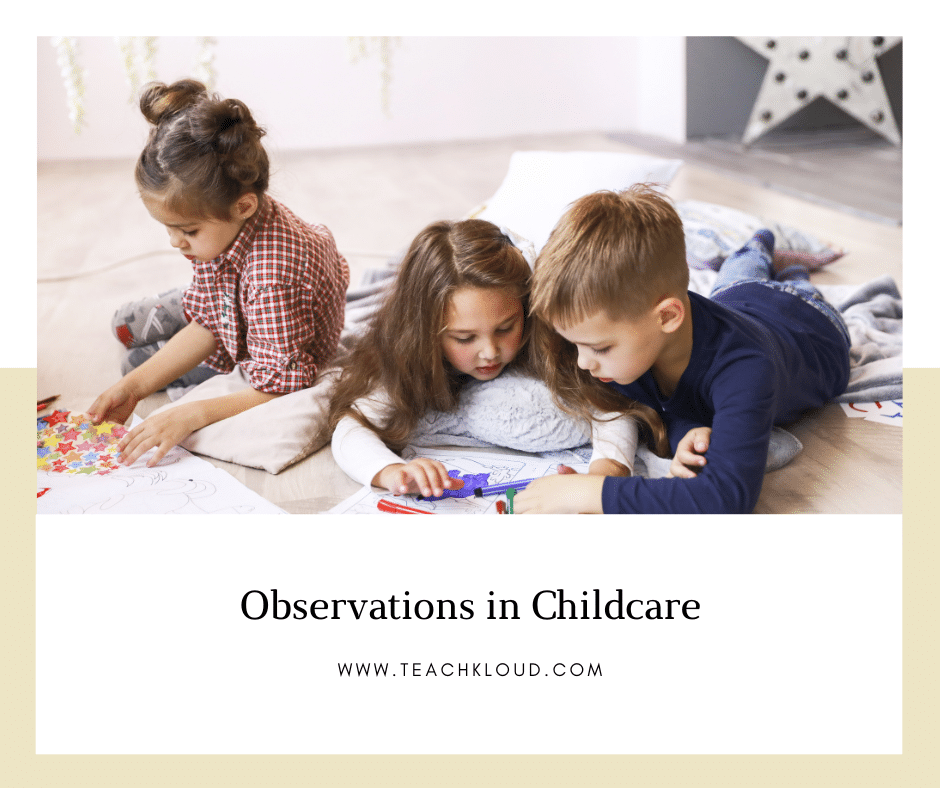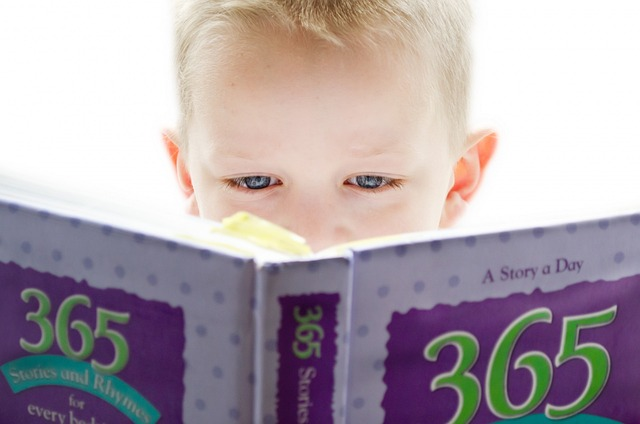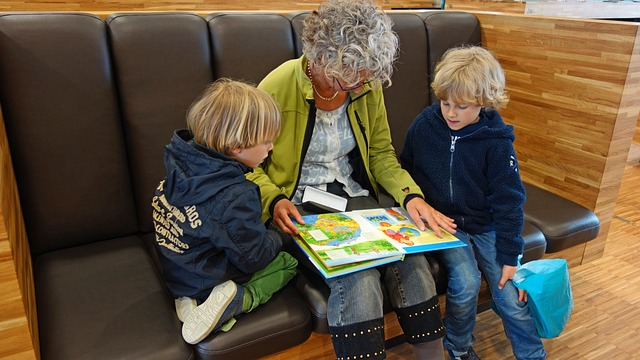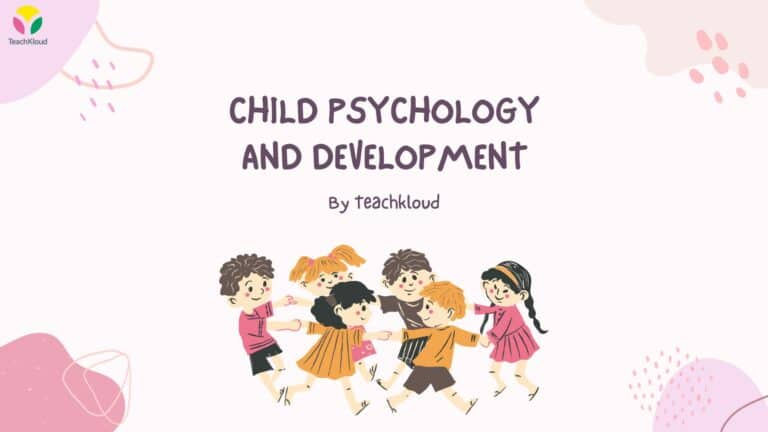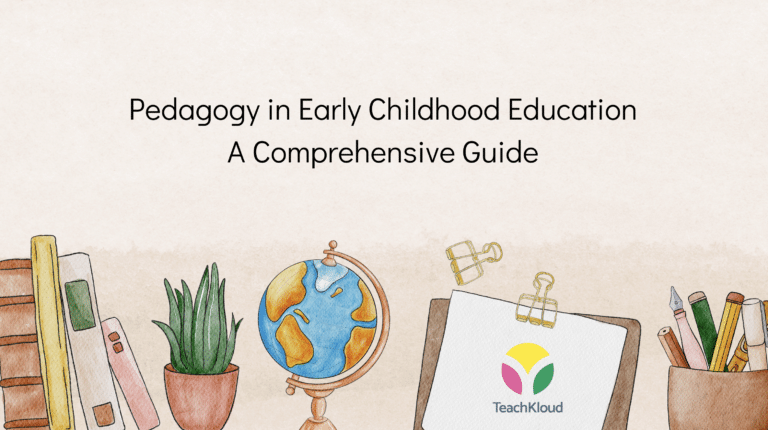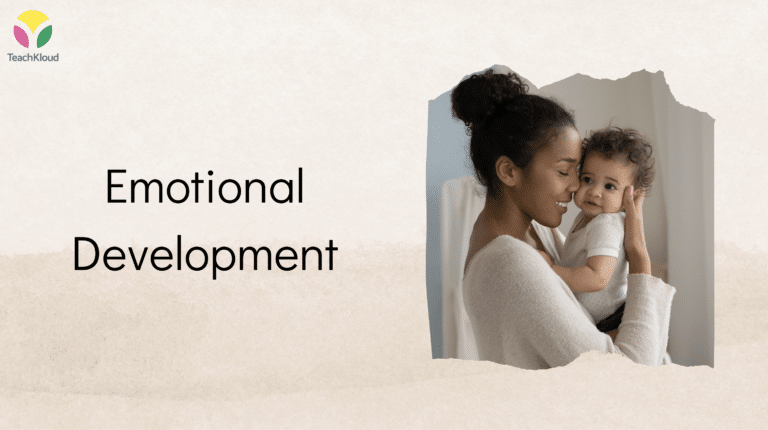Observing children in childcare is imperative, not only to keep an eye on them but also for comprehending their developmental requirements, interests and growth. Through noting down the activities and conversations of children, educators can alter learning encounters as well as give customised help according to each child’s individual needs. This blog post covers different aspects linked with observations in childcare. Its significance along with approaches making it more effective and purposeful are discussed here.
Key Takeaways
- Observations in childcare are essential for understanding a child’s development, providing tailored learning experiences and support.
- Effective observations should be objective, comprehensive, consistent, and thoroughly documented to gain insight into the child’s learning process.
- Engaging parents in observation processes facilitates communication between parents and educators while encouraging individualized approaches that best meet the needs of each child.
- Sample phrases to use while documenting (pdf download free here)
The Significance of Observations in Childcare
Early childhood education provides educators with the opportunity to observe children’s learning journey and early development. Through meaningful observations, different observation methods like anecdotal records, running records and learning stories can be used in order to gain insights into emerging interests as well as a more comprehensive understanding of each individual child’s growth contextually. In turn this knowledge informs teaching practices which help foster positive engagement through close reciprocal interactions that provide safety and security for all involved. Observations also allow educators to track progress made while exploring ways they can facilitate successful progression accordingly within their settings .
Essential Components of Effective Child Observations
Objectivity is a key element for the accuracy of child observations. Details provide understanding into their behaviour and consistency promises reliable comparison. Documentation, usually using past tense to recount past events that have occurred, enables tracking changes in development over time while present tense can be employed to account for current behaviours or interactions.
Objectivity
Child observations must be made objectively, meaning that the interaction between a child and either another individual or an object should be precisely described without any assumptions. Descriptive language is key to achieve this effect, as well as avoiding judgments about what has been observed.
Objective records of observations have several advantages: they provide factual information which can inform decision making processes. They also serve as useful basis for designing plans tailored to each person’s needs.
Detail
Child observations involve providing explicit information about the learning and growth of children. Noteworthy events, conversations or behaviors can be noted down in brief notes as jottings to document particular actions and occurrences. For example: when Sally came into the building with her dad together with other kids, she hid behind his legs momentarily before stretching out towards her caregiver while grinning broadly. As such, it is important that detail in child observation is incorporated so that precise responses from a youngster’s interactions may be captured. This will then offer an understanding on their conduct, education and advancement- just like how from Sally’s small annotation one might get a hint at separation anxiety issues yet also signs of attachment toward both parent figures and familiarity among strangers alike .
Consistency
To ensure reliable and valid results, observing children should involve employing uniform methods and standards. By ensuring consistency in child observations, it is possible to repeat the same outcomes which will increase confidence about their accuracy. This also makes way for comparing data across time or between different observers by establishing a baseline as well as detecting patterns or trends.
Achieving this kind of constancy calls for utilizing the same observation techniques when recording information with similar formatting alongside evaluating each observance under consistent criteria.
Documentation
Documentation is an essential part of child observations, which involves accurately and completely documenting any events that are witnessed. Documentation helps educators collect data they can use to analyze a child’s progress, identify areas where improvement is needed, as well as develop strategies for meeting individual needs. To this end, various forms of documentation might be employed such as anecdotal records, running records or learning stories. Visuals may also be used to Aid the process. By recording these details carefully it makes assessing children’s growth more accessible so educators can take appropriate action quickly and effectively. Here are sample phrases to use while documenting to supoort quality reflection and documentation in early childhood education.
Diverse Observation Methods in Childcare
Early childhood educators should choose an appropriate observation method for each situation. Anecdotal records provide a quick snapshot of the child’s behaviour, while running records offer more details over time. Learning stories focus on documenting the child’s learning journey and can be shared with parents to keep them up-to-date about their children’s progress. TeachKloud offers a learning story and child observation software that enables educators to create and share learning stories. TeachKloud also analyses children’s progress, encouraging educators to reflect on their practice. Learn more about how it works here. Visual displays such as photographs or artwork highlight accomplishments in childcare settings, allowing peers and families to appreciate it too. Socio-grams document interactions and relationships that help assess social skill development in early childhood education contexts.
Anecdotal Records
Anecdotal records are unbiased, descriptive accounts of a child’s words, actions and body language that allow parents to observe the progress their children make. These documents may also note direct quotes or facial expressions in order to capture significant moments like first steps taken or new friendships formed. Compiling an anecdotal record can provide an insightful look into development and learning for children over time. When shared with families they act as evidence of advancement made during a student’s educational journey.
Running Records
Running records are an effective tool for evaluating language progress and ascertaining potential risk. Comprehensive notes taken at intervals of 2-5 minutes (approx) enable educators to gain a deeper understanding into the motives behind their students’ behaviour. Through this method, patterns in speech can be determined so that tailored strategies may be implemented to support development appropriately. These records provide valuable insight on all aspects of child growth and assist teachers as they strive to create meaningful learning experiences for their students
Learning Stories
Learning stories are detailed accounts of a child’s learning journey and progress which use observations to gain an understanding. They provide insight into the learning, passions, abilities and talents of children while noting their potential weaknesses more so than what they can already do. To fully capture this process for documentation purposes it is best suited with a narrative approach where considerations such as context, interests in regards to the student’s particular learnings or outcomes attained from educational efforts along with reflections on how educators support that all must be taken into account when composing these records. Running records as well anecdotal data should also be considered components useful for evaluation during this story-telling exercise regarding students’ capabilities. See examples of learning story templates using the TeachKloud software here.
Visual Displays
Visual displays, which use observation techniques like diagrams, graphs and charts to show children’s development and progress in their learning journey are effective. Photographic representation of a child taking part in an activity along with details can capture the changes observed over time or illustrate stages of growth.
These visual presentations may include photographs artwork as well various visuals that demonstrate advancement made by each individual within the care setting allowing them to share it with other people around them.
Interpreting and Reflecting on Observations
Interpreting and reflecting on observations requires critical thinking, data analysis as well as collaborating with other educators. By gathering relevant information from the observation made, one can make informed decisions which helps to improve outcomes and draw meaningful insights. Analyzing this data involves interpreting what has been observed before coming up with conclusions drawn from it. Formulating reflective questions facilitates a better comprehension of children’s learning by providing various viewpoints that may be gained through collaboration amongst fellow professionals in the education field or sector. Informed decision-making is an important factor when applying interpretations of certain evaluations as it guarantees reliable results that are based off accurate facts instead of speculations formed without any substantial proof or validation for accuracy purposes.
Analysing Observations
In order to develop a deeper understanding of potential learning opportunities for children and how they interact with these chances, it is important to examine observations. To gain an in-depth perspective from the data collected, search for patterns, themes or relationships that may be present among the responses observed.
Recurring behaviors can indicate common interests or preferences. Likewise noticing similarities and differences between reactions help shed light on children’s attitude towards learning. By uncovering such details within observations analysis becomes more meaningful as we are able to better comprehend what resources need adjustment so kids get adequate support during their developmental journey.
Reflective Questions
Questions posed in a reflective manner can assist educators to understand the development and learning of children better. This aids them to form an inquisitive attitude, as well improve their teaching techniques with fresh perspectives. Thereby enhancing educational methods on an ongoing basis.
Reflective questions also allow individuals time for self-assessment which uncovers strengths and weaknesses that guide understanding of topics studied. These may include why did I carry out my role in this way? What support do I need? How can I support the children in…? What experiences do we provide for children to work independently and collaboratively? How can we work collaboratively with each family to share information about children’s learning, development and participation? Watch our Observation, Documentation and Reflective Practice in Early Childhood Education: Practical Strategies Professional Development Video with an e-Certificate!
Collaborative Analysis
In child observations, teaming up with other educators to get more thorough understandings of children’s learning is known as collaborative analysis. This is a vital practice since it allows the examination and confirmation of results from multiple perspectives, bolstering accuracy and dependability in findings. Through incorporating different points of view and abilities this increases reliability for stronger conclusions while promoting reflexivity throughout the process.
To incorporate collective assessment into observations one should: engage colleagues by having reflective discussions, receive feedback from teachers who are knowledgeable on the subject matter, implement an array of observation methods that guarantee a broader interpretation behind what’s being observed.
Linking Observations to Curriculum Framework and Planning
In order to inform decisions and create suitable learning experiences that fit each child’s individual needs, educators must link observations with their chosen curriculum or framework, for example, linking it to Aistear, EYLF, Development Matters or your relevant framework or curriculum. TeachKloud supports linking to any curricula or framework. If you own or manage a childcare setting, contact us to learn more, on how TeachKloud’s management software can help you here. Linking to a framework or curriculum, allows teachers to interpret what has been observed and gain understanding of its related learnings.
Aligning observations with the curriculum framework helps educators obtain data concerning children’s capabilities, hobbies as well as areas in need of development . Having this information creates opportunities for tailor-made plans focused on helping learners reach goals more efficiently by offering parents feedback constructed from reliable sources.
It is critical for decision making when linking observation results together with the frameworks content, as accurate info will aid planning accordingly .
Aligning Observations with Framework or Curriculum Outcomes
In order to assess children’s development and create the best experiences for them, educators need to have observations that match up with their framework or curriculum outcomes. An effective way of achieving this is by making use of observation tools which are created specifically for the relevant objectives while planning activities according to these criteria as well. It is important for carers/teachers to record their findings in a timely fashion and also look over them now and then ensuring they align with the goals set out through the frameworks guidelines.
Informed Decision-Making
Decision-making based on reliable facts ensures decisions are well thought out and logical. By carefully collecting data, observations can provide a sound foundation for informed choices to be made and actions taken that will enhance the effectiveness of these assessments resulting in more accurate findings.
Having an effective understanding of the observed topic or situation is also key when it comes to making educated choices as this provides important information about potential results should specific options be pursued. To achieve proper comprehension, comprehensive research needs to be conducted including examining applicable data points while considering context related factors before any final determinations take place.
Planning for Individual Needs
It is essential to plan for individual children’s needs when observing, in order to gain a better understanding of each child’s unique skills and requirements. Practitioners can identify particular behaviours, interactions and interests which provide valuable insight into an individual’s specific necessities. By taking these observations into account they are then able to adjust their approach accordingly, so that every single child gets the best possible learning experience tailored towards them personally, maximising developmental opportunities. Watch our Observation, Documentation and Reflective Practice in Early Childhood Education: Practical Strategies Professional Development Video with an e-Certificate!
Engaging Parents in the Observation Process
Observing and incorporating parent feedback into the learning experience is an effective way to help kids reach their full potential. By encouraging parental input in the observation process, parents can get a better idea of their child’s progression while educators foster stronger relationships with them over time. Through exchanging observations between both parties it provides everyone involved increased awareness on how best to nurture children during these early years, as well as beyond. Thus, allowing for more meaningful communication between families and carers which consequently encourages greater collaboration when developing each individual’s education journey together overall. The TeachKloud app supports all of the above. Parents can add their own comments, images/videos, comment on child observations and much more. Learn how TeachKloud can maximise your parent communication, making it quicker and easier here.
Encouraging Parental Input
Parents can play an important role in helping children with their development from the early years and beyond by taking part in observation activities. This also strengthens communication between parents and children, while at the same time forming a constructive partnership among educators and families. There are several ways to transfer observations information including face-to-face discussions, notes or documents as well as digital avenues, such as TeachKloud (save the trees!). To involve them more actively in this process one could provide parents with chances to monitor their child’s progress within childcare settings, ask for feedback on how they felt about it, invite them into observing themselves during assessment times etc.
Summary
Careful observation of children’s behaviour is essential in meeting their individual needs and fostering effective learning. Observation methods should be tailored to each child, taking into account detailed observations that are consistent, documented and objective. This will enable educators to capture invaluable insights about the progress they make. Parents can also contribute by engaging with the monitoring process which aligns with curriculum frameworks such as Aistear, EYLF, Development Matters and more – ultimately ensuring an inclusive approach towards supporting a child’s growth developmentally.
